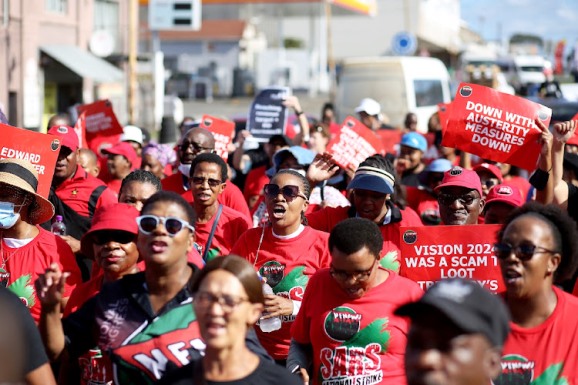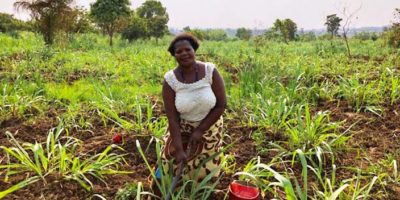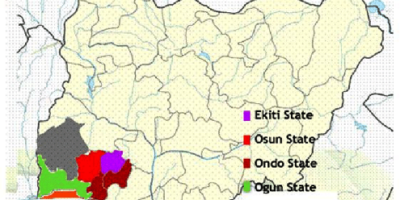- Businesses are increasingly witnessing the impact of protest movements and civil unrest on their operations, a trend that is forecast to grow
- A new report by Allianz identifies five factors likely to power ongoing incidences of political violence activity around the world
- Strikes, riots, and civil commotion racked up $12bn of losses for businesses and institutions from just six major incidents in recent years. Insurance claims from South African riots in July 2021 cost $1.9bn.
- Businesses should view the current climate as a catalyst for evaluating best practices and policies around preparing office locations and employees for the impact of potential civil unrest.
Anger over growing social inequality and the cost-of-living, foundering faith in governments and institutions and increasingly polarized politics, together with a rise in activism and environmental concerns, are the main factors expected to fuel ongoing incidences of strikes, riots and civil commotion (SRCC) around the world, according to a new report from insurer Allianz Global Corporate & Specialty (AGCS).
The heightened SRCC risk environment means businesses need to remain vigilant about the different threats such activity can pose. In addition to buildings or assets suffering costly material damage, operations can be severely disrupted, resulting in significant loss of income.
“Incidences of strikes, riots and civil commotion have not only increased in recent years, they are also becoming more intense and catastrophic. These types of events are making our era one of uncertainty,” says Srdjan Todorovic, Head of Political Violence and Hostile Environment Solutions at AGCS. “We have seen multibillion-dollar loss events in the US, Chile, and Colombia.
The threat is changing, and although many of the reasons for it are universal – whether economic, political, or environmental – it can play out differently in different regions, with various levels of violence and disruption. Operational and security management within organizations should view the current climate as a catalyst for evaluating best practices and policies around preparing locations and employees for potential civil unrest and building resilience.”
Civil unrest risks rose in over 50% of countries between Q2 and Q3 2022 alone, according to the Verisk Maplecroft Civil Unrest Index – out of 198 countries, 101 saw an increase in risk. Since 2017, more than 400 significant anti-government protests have erupted worldwide. It is unsurprising then that ‘political risks and violence’ ranks as a top 10 peril in the Allianz Risk Barometer in 2023.
In Africa and the Middle East, political risks and violence fell two places to sixth but it is still in the top three risks in Burundi, Madagascar, and Nigeria. It remains fourth in South Africa and eighth in Cameroon. While the Ukraine war is a major factor in this ranking, the results also show that the impact of SRCC activity ranks as a political violence risk of top concern with a combined score of almost 70%. Unrest is now spreading more quickly and widely thanks in part to the galvanizing effect of social media.
This means multiple locations can be impacted, potentially resulting in multiple losses for companies. Such events are also lasting for longer – almost a quarter of the 400 significant anti-governments protests since 2017 were in excess of three months – helping to ensure financial costs are mounting. Reported damages from just six civil unrest events around the world between 2018 and 2023 resulted in at least $12bn in economic/insured losses. Insurance claims from South African riots in July 2021 cost $1.9bn.
Five risk drivers of civil unrest
In the report AGCS’ political violence team highlight the five main factors they expect to power further SRCC activity in 2023 and beyond:
The ongoing cost-of-living crisis: Although inflation is now thought to have peaked in many countries the after-effects continue to take their toll. Just over half of the protests globally in 2022 were triggered by economic issues, and public confidence in the financial future is shaky. Half the countries surveyed in the 2023 Edelman Trust Barometer showed a year-over-year double-digit decline in the belief that their families will be better off in five years’ time. Further protest activity is likely and although mostly peaceful, it can turn violent.
Distrust of governments and institutions: Governments thought to be corrupt or perceived to have been in power for too long can bring people out on to the streets. Economic grievances about food, fuel, pay, or pensions can expand from issues-led demonstrations to wider anti-government movements.
In 2022 and early 2023 protests ignited over the rights of women and minorities in Iran, fuel prices in Kazakhstan, economic failures in Sri Lanka, abortion rights in the US, and Covid restrictions in China. Europe continues to be hit by multiple strikes over pay and working conditions. Political instability in Peru, Brazil and Argentina has also resulted in widespread and violent protest.
Increasing polarization: Political divisions are stoking tensions around the world undermining social cohesion and escalating conflict. Polarized opinions can become particularly entrenched on social media and in some countries such polarization is turning violent. Recent years have seen a big shift to the left and the right in many countries with few liberal democracies maintaining a sense of balance where political parties compete for the center ground.
A rise in activism: In recent years, movements that have been significantly galvanized by social media include the global Occupy movement against economic inequality, the Black Lives Matter protests highlighting racial inequality, the #MeToo movement against sexual abuse and harassment, and the Stop the Steal campaign, which falsely claimed electoral fraud in the election of US president Joe Biden.
“Where politics are polarized, people can feel a greater sense that their personal values are under attack and will take to the streets to defend them,” says Todorovic. “Riots can erupt as a result around a single flashpoint, such as a heavy-handed response by authorities that is deemed unjust.” These can then escalate across a wider area, with larger numbers of people involved, to become civil commotion. If this spills over into violence and opportunism, businesses can be vulnerable to property damage and looting.
Climate and environmental concerns: Where governments are seen to row back on climate-change progress, such as fracking or reopening coalmines as a solution to reliance on Russian gas, there could be unrest. Businesses that are deemed to profit excessively from fossil fuels while many people struggle could also be targeted.
“Environmental protestors made colorful headlines in 2022 – such as activists pouring soup on a Van Gogh painting or gluing themselves to roads – and will continue to do so in 2023,” says Etienne Cheret, a Regional Practice Group Leader, Crisis Management at AGCS. “Climate change demonstrations tend not to be violent, but they can be disruptive, particularly if they affect transport infrastructure. We expect this kind of activity to continue, if not escalate, in the coming year.”
Implement, test and update continuity plans
Specific incidences of civil unrest can be difficult to predict because they often start with a specific trigger such as a change in government, a piece of new legislation or a sudden price rise. For example, violent unrest in the relatively stable West African nation of Senegal in 2021 was sparked by the arrest of an opposition politician on rape and insurrection charges.
“One of the regions that we are most watchful of at the moment is North Africa. It is highly dependent on wheat imported from Ukraine and Russia and is exposed to price shocks in food and energy. We’ve seen a democratic backslide in Tunisia, which is significant, as it was the cradle of the Arab Spring and widely believed to be the region’s success story in terms of democratic transition,” says Srdjan.
However, there are a number of things businesses can do to minimize disruption. Allianz Risk Consulting has developed a list of technical recommendations for companies, such as implementing, and then regularly testing and updating, a business continuity plan. Specialist insurance can help protect companies against damages resulting from political violence, as well as any interruption to the business. Policies can cover civil war, SRCC, terrorism and war.
Download Outlook: Strikes, riots and civil commotion – a test of business resilience




















